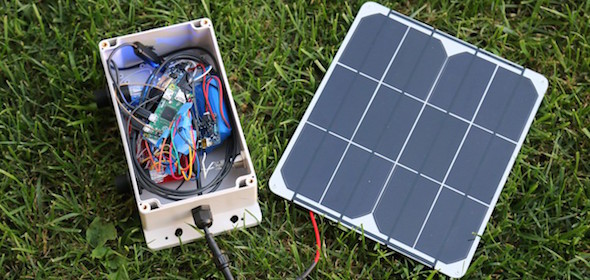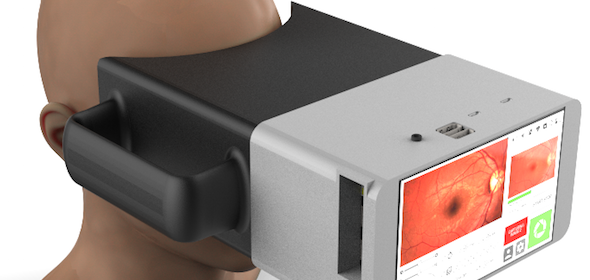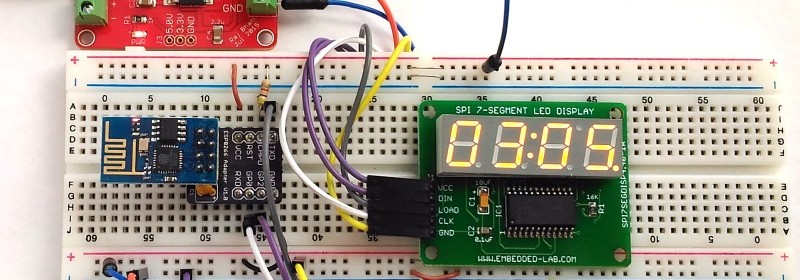Another RPi-based solar powered weather station

Brian Masney from Morgantown, WV has designed a full-featured solar powered weather station that includes sensors for measuring rain, wind, temperature, humidity, and pressure. It runs on a Raspberry Pi Zero running the latest Raspbian Testing Lite and is powered by a 6600mAH 3.7V lithium ion battery that is charged using a 6V 9W solar panel. The solar panel is attached to the top of the project box using several large pieces of Velcro. More information about the solar setup can be found on Adafruit’s Website. Be sure to connect the PowerBoost 1000 to the battery charge output pins; not to
Read more


